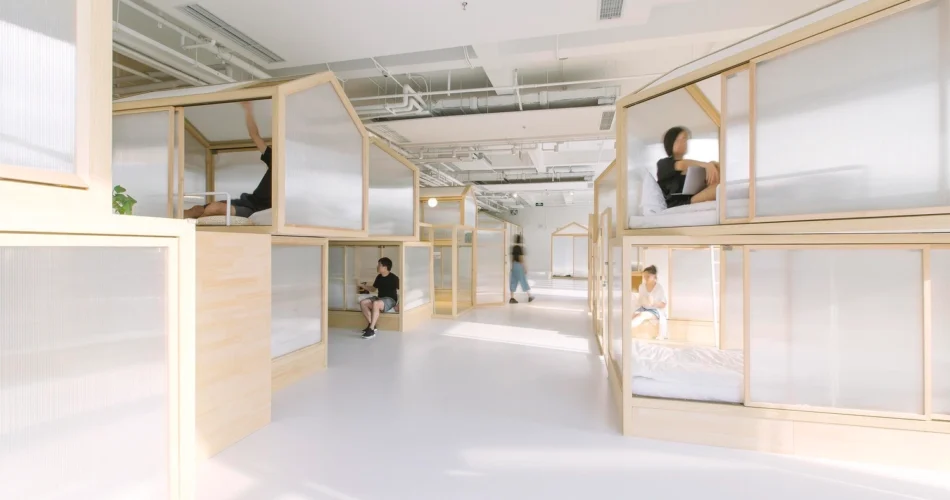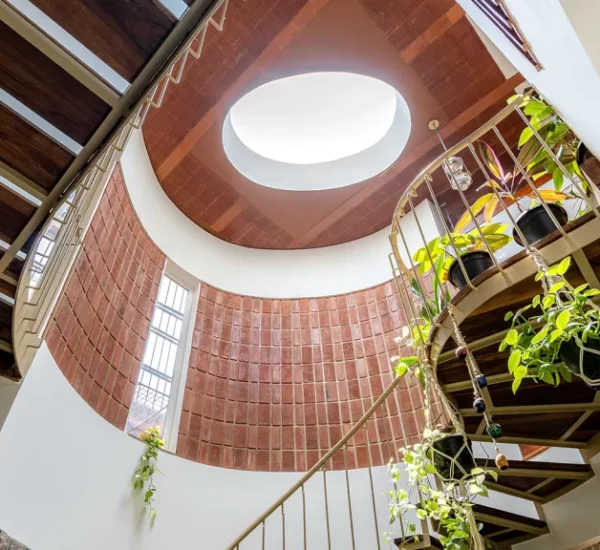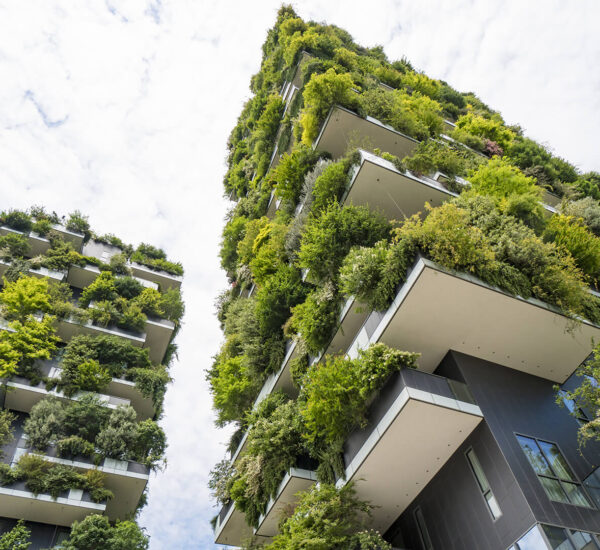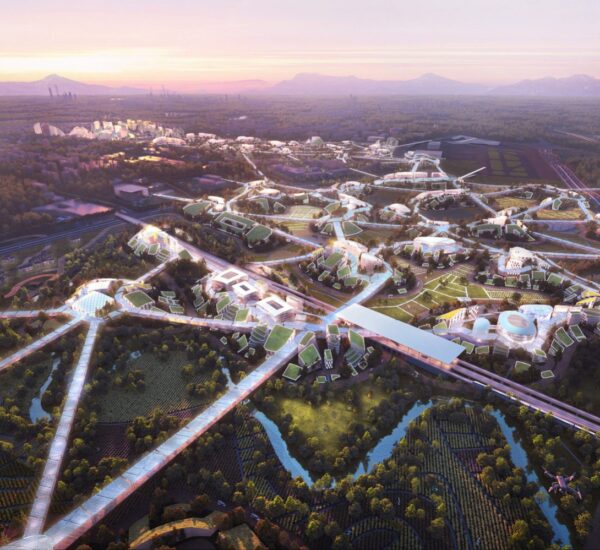Architecture isn’t just about creating aesthetically pleasing buildings or functional spaces—it’s deeply intertwined with the human experience. The spaces we inhabit have a profound impact on our mood, behavior, and overall well-being. From the layout of a room to the materials used in a building, every element influences how we feel and how we act. This branch of study, known as environmental psychology, explores how the physical environment affects human psychology and behavior. In this post, we’ll explore how architecture can shape our moods, influence our actions, and even contribute to our mental health.
1. The Power of Natural Light
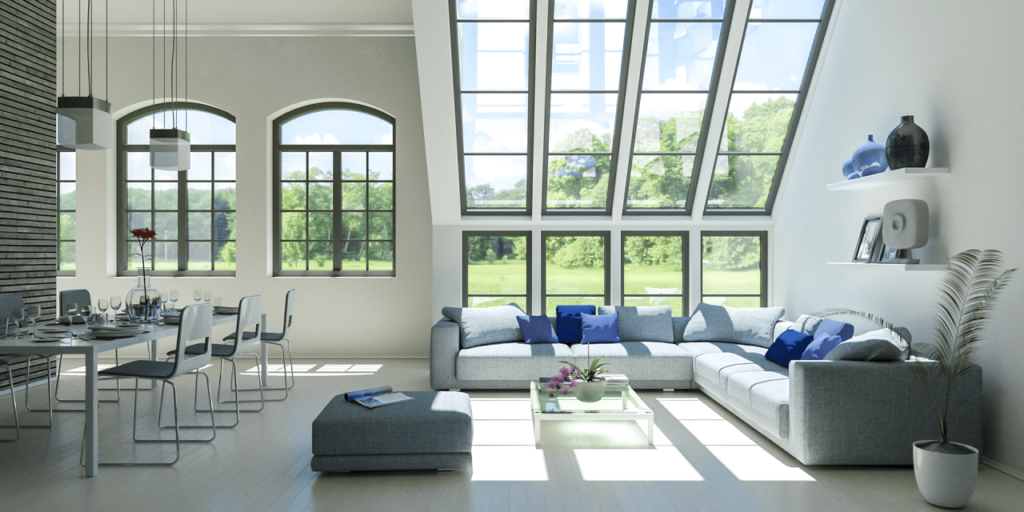
One of the most significant factors in architecture’s influence on mood is natural light. The amount and quality of light in a space can have a profound effect on how we feel. For centuries, architects have recognized the importance of light in shaping the atmosphere of a room or building.
- Impact on Mood and Well-being: Exposure to natural light has been shown to enhance mood and boost productivity. Daylight helps regulate our circadian rhythm, the body’s internal clock that influences our sleep-wake cycles. When natural light is maximized in spaces, it can lead to better sleep, improved focus, and overall enhanced well-being.
- Architectural Strategies: Many contemporary designs emphasize large windows, open spaces, and the use of skylights to let in as much natural light as possible. Open floor plans, glass walls, and strategically placed light wells are all architectural techniques that help connect interior spaces to the natural world outside.
2. Color and Its Emotional Influence
The colors used in a space can greatly affect emotions and behaviors. Different colors evoke different feelings, and understanding the psychology behind color is a crucial element of architectural design.
- Warm Colors: Colors like red, orange, and yellow are known to evoke warmth, energy, and stimulation. They can encourage conversation and social interaction, making them ideal for spaces like living rooms and dining areas.
- Cool Colors: Blues, greens, and purples tend to have a calming effect, promoting relaxation and reducing stress. These colors are often used in spaces where calm and tranquility are desired, such as bedrooms or spa areas.
- Neutral Colors: White, beige, and gray create a sense of simplicity and peace, but can also feel sterile or impersonal if overused. They provide a neutral backdrop for other elements in a room and allow other colors and features to stand out.
Architects carefully choose colors for specific spaces to enhance the desired atmosphere. For instance, a hospital room might use soothing blues and greens to promote healing, while a vibrant office could employ energizing reds and yellows to spark creativity.
3. Spatial Layout and Movement
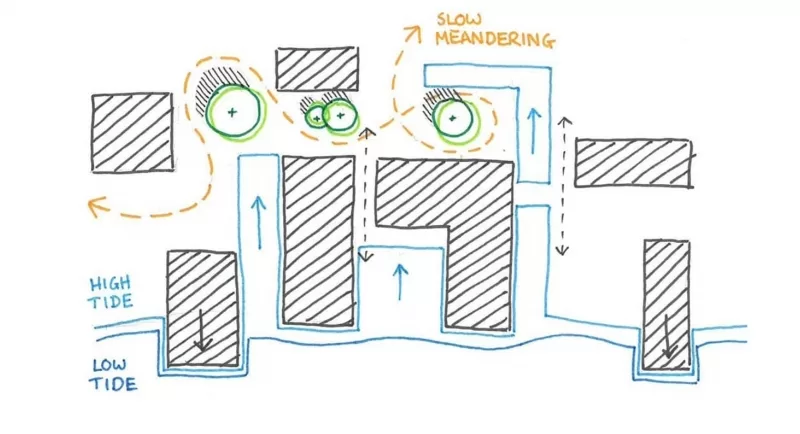
The way space is arranged within a building affects how people move through it and interact with their environment. The layout of a space influences both physical and psychological movement, shaping how we feel within it.
- Open vs. Closed Spaces: Open floor plans have become increasingly popular, as they create a sense of freedom and flow. They encourage social interaction and movement, which can help reduce feelings of confinement and increase a sense of connection. Conversely, smaller, more enclosed spaces can create a sense of privacy and security, but if overdone, they can lead to feelings of isolation or claustrophobia.
- Flow and Navigation: Well-designed spaces provide a clear sense of direction, making it easy for people to move from one area to another. A sense of flow and order promotes a feeling of control and comfort. Conversely, poorly designed layouts that feel disorienting or maze-like can increase stress and frustration.
- Personal Space: The amount of space allocated to each individual is another key consideration. In crowded, cramped environments, people often feel stressed and uncomfortable. On the other hand, generous personal space and carefully considered furniture placement can create a sense of relaxation and ease.
4. Connection to Nature: Biophilic Design
Biophilic design is an approach that seeks to connect people with nature through the built environment. Research has shown that exposure to natural elements can reduce stress, improve cognitive function, and enhance overall happiness.
- Natural Materials and Elements: Incorporating elements like wood, stone, and plant life into a design can help reduce stress and foster a sense of calm. For example, the use of timber in interior design can create a warm, organic atmosphere that makes a space feel grounded and inviting.
- Indoor Gardens and Greenery: The inclusion of plants and green spaces within buildings has been shown to improve air quality and increase productivity. Indoor plants not only help purify the air but also create a sense of connection to the outdoors, promoting relaxation and improving mood.
- Views of Nature: Architectural designs that offer views of gardens, parks, or the countryside allow occupants to experience the calming effects of nature without leaving the building. The Japanese practice of “Shinrin-yoku,” or “forest bathing,” emphasizes the mental and physical benefits of being surrounded by nature, a principle now applied in biophilic design.
5. Sound and Acoustics
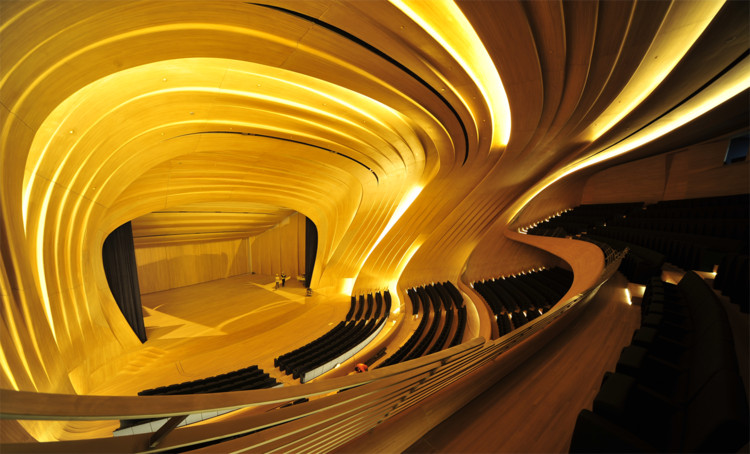
The way a space sounds is another often-overlooked aspect of architectural design that profoundly affects behavior and mood. Sound is an essential element of our environment, influencing both our comfort and productivity.
- Noise and Stress: Excessive noise or poor acoustics can lead to increased stress and decreased focus. Open office spaces, for example, can be challenging for concentration if they are noisy or lack soundproofing. Spaces that have poor acoustics can lead to frustration and discomfort, while well-designed acoustics can create environments conducive to both productivity and relaxation.
- Acoustic Design Strategies: Architects often incorporate sound-absorbing materials like acoustic panels, carpets, and drapes to create quiet, pleasant environments. In spaces such as concert halls, theaters, and conference rooms, specific design strategies are employed to optimize sound quality and enhance the experience of the space.
6. The Influence of Scale and Proportion
The scale of a space and the proportion of its elements can greatly affect how we perceive it and how it makes us feel. Large, expansive spaces can evoke feelings of awe and grandeur, while smaller, intimate spaces might inspire comfort and security.
- Human Scale: When a building or room is designed to be in harmony with human proportions, it creates a sense of comfort and ease. High ceilings and wide, open spaces can feel liberating, while low ceilings and more compact rooms create a sense of intimacy and coziness.
- Overwhelming Scale: On the other hand, spaces that are too large or imposing can feel uncomfortable or alienating. A person might feel insignificant or lost in a vast, empty hall, while small, cramped rooms may lead to feelings of claustrophobia.
7. Architecture and Mental Health
There is growing recognition of the role architecture plays in promoting mental health. Well-designed spaces can help alleviate stress, reduce anxiety, and create environments where people can feel more at ease and focused.
- Healing Environments: In healthcare settings, architectural elements like natural light, access to outdoor views, and quiet spaces are essential in creating healing environments. Hospitals and mental health facilities have begun incorporating these principles to reduce stress and improve recovery rates.
- Workplace Design: In the workplace, flexible designs that allow for both collaboration and personal space can improve employee well-being and productivity. Incorporating elements like quiet rooms, natural light, and greenery into office environments can help mitigate stress and foster a positive work culture.
Conclusion
Architecture is more than just the design of buildings—it is a powerful tool that shapes our experience and interaction with the world. From the layout and color choices to the materials and lighting, every element of a space plays a role in influencing our mood and behavior. By understanding the psychological impact of space, architects can design environments that promote well-being, reduce stress, and improve quality of life. As we continue to develop our built environments, the study of how architecture affects human psychology will be essential in creating spaces that truly serve the needs of those who occupy them.

